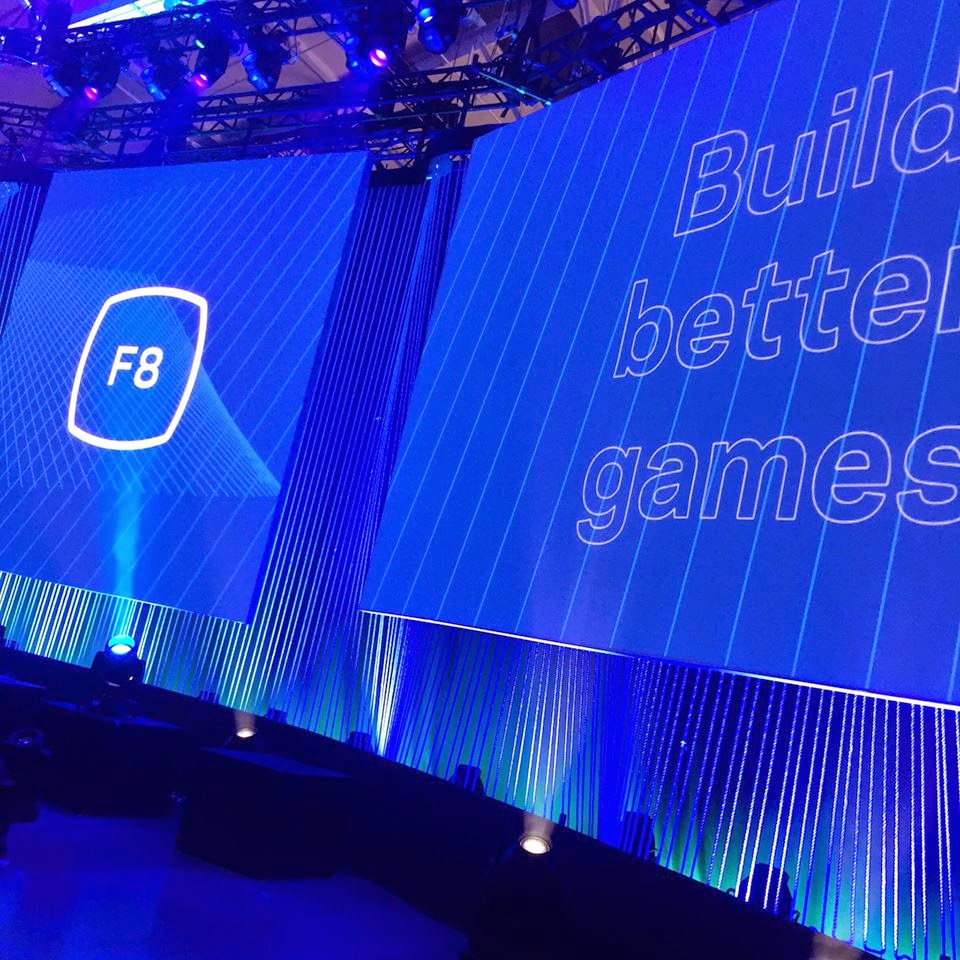Facebook Quietly Launches Ads API for ALL Developers
Some amazing things have been announced at Facebook’s annual developer conference, F8, going on yesterday and today in San Francisco. From new apps for Facebook Messenger, to a platform for Internet of Things, to one of the most amazing explanations of the value of virtual reality I’ve ever seen, Facebook has by far made up […]
Read more...How to Protect Your Online Social Media Presence Using Facebook Business Manager
Facebook’s recently released Business Manager is a God-send for any social media manager or strategist or even security department desiring to manage multiple Facebook Page admins among dozens (to even hundreds or thousands) of Facebook Pages and Ad accounts. With just a few clicks you can know exactly who has access to your Facebook Pages […]
Read more...Growth Hacking: How to Know Who Has Viewed Your Facebook Profile
I shared earlier a method I came up with that allows you to target the subscribers (now called just “followers”) of a public profile on Facebook (you know, the profiles with the “follow” button like mine at facebook.com/stay – not to be confused with a business page). It turns out that you can also use […]
Read more...Growth Hacking: How to Target Ads to the Followers of a Public ("Follow") Profile on Facebook
I shared earlier on this blog the benefit of using a personal, “Public Profile” on Facebook over a Fan Page on Facebook to personalize the experience and grow your network. I encourage each of my clients to, when they have the choice, choose the public profile over the Fan Page for personalities in the company […]
Read more...The Perfect Use of Custom Audiences Through Facebook Ads
Custom Audiences are a terrific way to build Facebook ads that convert and bring strong traffic back to a site. The way they work is this: You have an email list You import that email list into Facebook’s Power Editor Facebook matches those emails with Facebook users that also use those emails You target ads […]
Read more...YOU Get a Free Book! And YOU Get a Free Book! How to Use and Make Money Using Facebook Ads
I mentioned last week that I was launching a new webinar on Facebook ads. In this webinar I’m going to be showing you one of the biggest questions I get in my consulting and coaching for my clients – how you can MAKE money instead of SPEND it on Facebook ads! From my experience, so […]
Read more...How to Optimize Your Facebook Ads for Event Conversions on Eventbrite
In preparation for my upcoming webinar on Facebook ads, I felt I would be a hypocrite if I did not use some of the strategies I’m teaching in the webinar on my own event for the webinar. In searching Google, I couldn’t find any good solution listed, but I did figure out a way to […]
Read more...ANYONE Can (and Should) be a Marketer! My New Business and Focus
About 7 years ago I was sitting in a full-time job, developing software as a senior engineer for UnitedHealth Group. I loved writing software, and began writing a few tools on the side just for the fun of it. I couldn’t build an audience though! I was stuck – great software, with nowhere to go. […]
Read more...Facebook is Not the Top Social Network in America, Yet
Just yesterday, MySpace announced the release of their myAds Beta self-serve Ads platform. As part of it, similar to Facebook’s self-serve Ads platform, they released an automatic statistics engine, now available to any user that goes through the motions of setting up an Ad. The new engine allows a glimpse into the MySpace userbase. What’s […]
Read more...Why You’re Seeing "Those" Facebook Ads
Yesterday I was checking Facebook and noticed an Advertisement on the left for a singles site targeting Homosexual Men. Well, maybe Facebook knows something I don’t, but I do have a wife, and yes, 4 kids – I am far from such! Not only that, but my Facebook Account specifically says I’m interested in WOMEN. […]
Read more...